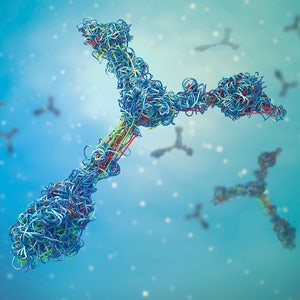Resource Center
Explore Resource Types
All Resources
Filters
1 - 12 of 70 Results
Addressing the challenges of bispecific antibody characterization with high-throughput platforms
Murine NASH model could provide insights into NASH development and progression
Quantifying TNFR1 in both soluble and membrane bound form using AlphaLISA technology
Quantitative analysis of lysine 36 demethylation with AlphaLISA
AlphaLISA Acetyl‑Histone H3 lysine 9 (H3K9ac) cellular assay
Assessing AST released in a cell culture model of liver toxicity using AlphaLISA
AlphaLISA for biomarkers in urine: Measuring the renal tubular injury indicator, β2-microglobulin
Busting high-content imaging myths
Kinetic analysis of calcium flux activity in human iPSC-derived neurons using the Opera Phenix Plus system
Harness the power of 3D cell model imaging
How to perform long term live cell imaging in a high‑content analysis system
Opera Phenix High-Content Screening System: Improved 3D imaging


Looking for technical documents?
Find the technical documents you need, ASAP, in our easy-to-search library.






































